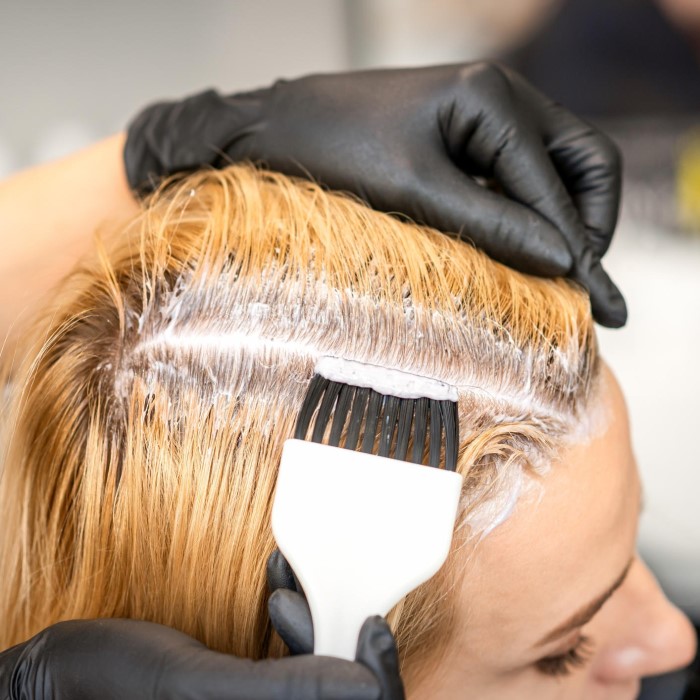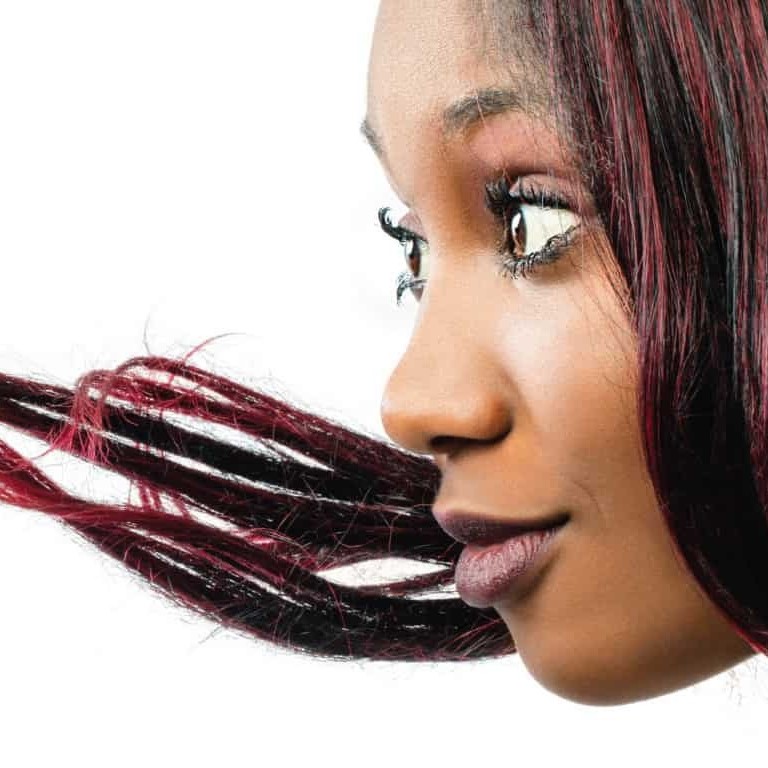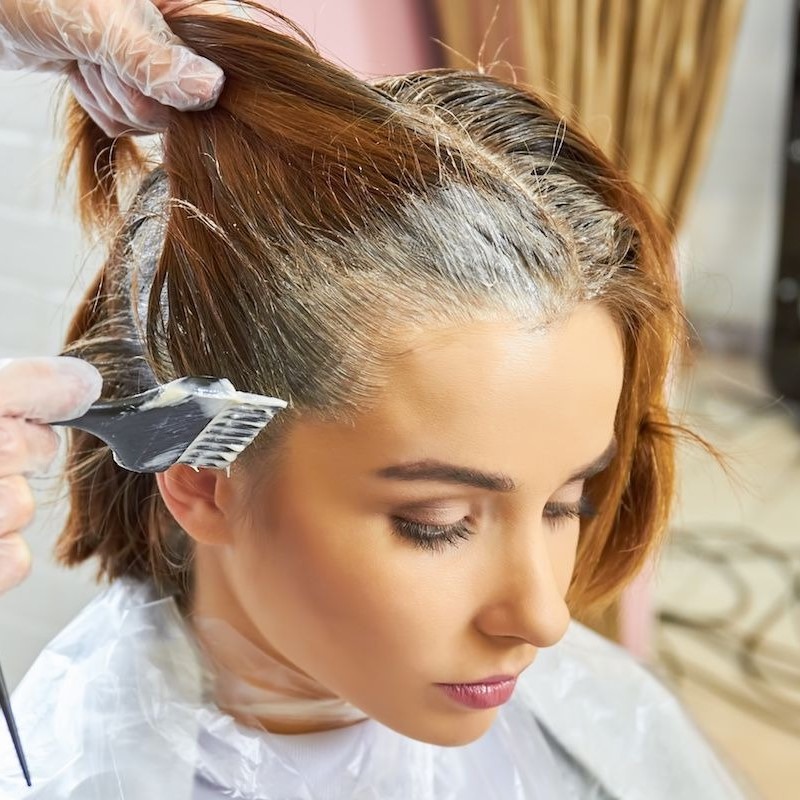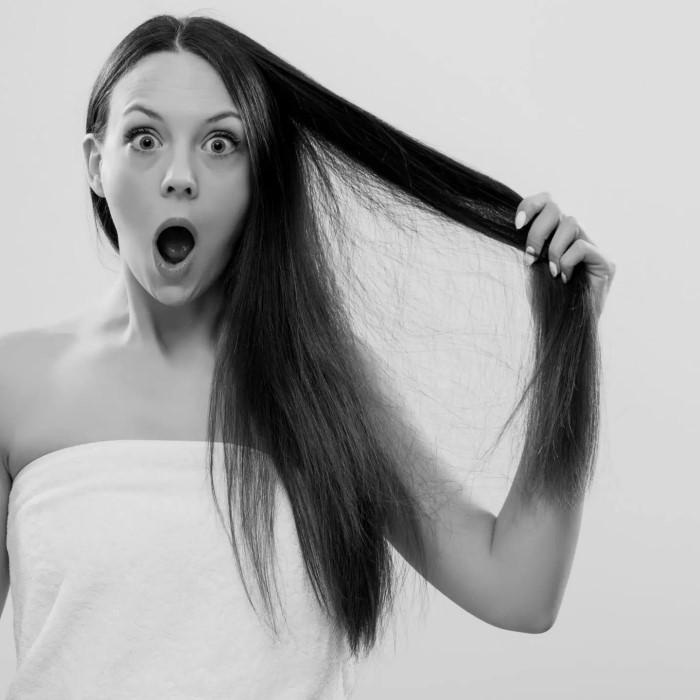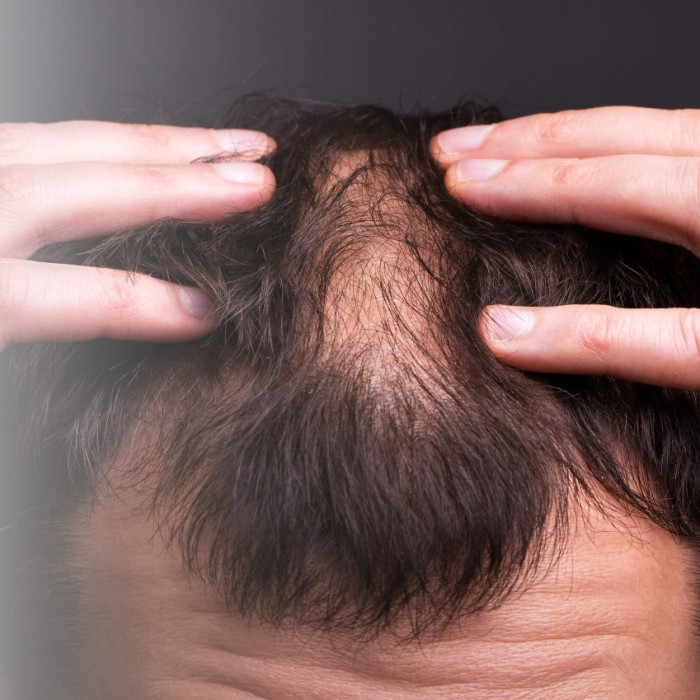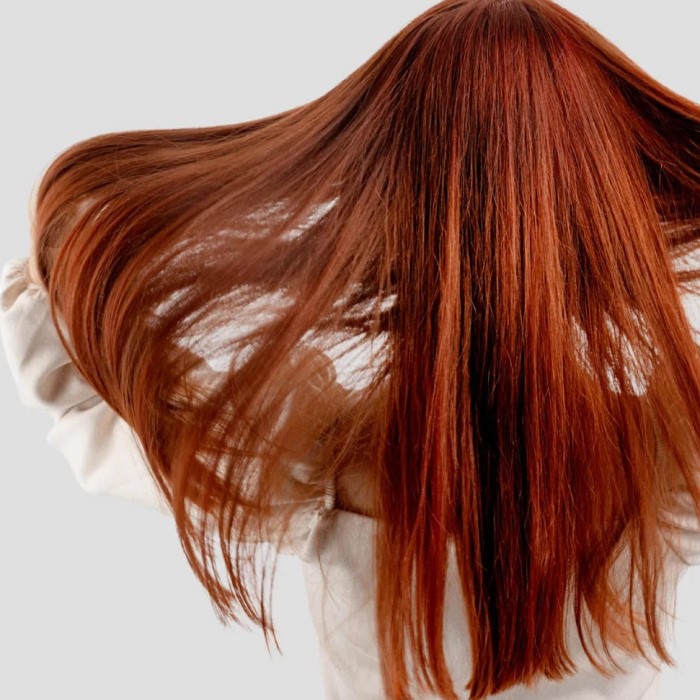
Does Hair Dye Cause Cancer? Expert Insights into Hair Products
The beauty industry continually evolves, with hair coloring becoming more commonplace than ever. Many individuals enjoy expressing their style by dyeing their hair, yet a pressing question arises: does hair dye cause cancer? This inquiry has garnered attention from consumers and health experts alike. With a mix of various hair products available, understanding potential health risks is paramount. In this article, we will explore the relationship between hair dye and cancer, safety concerns, expert insights, and how to choose the best products for your hair.
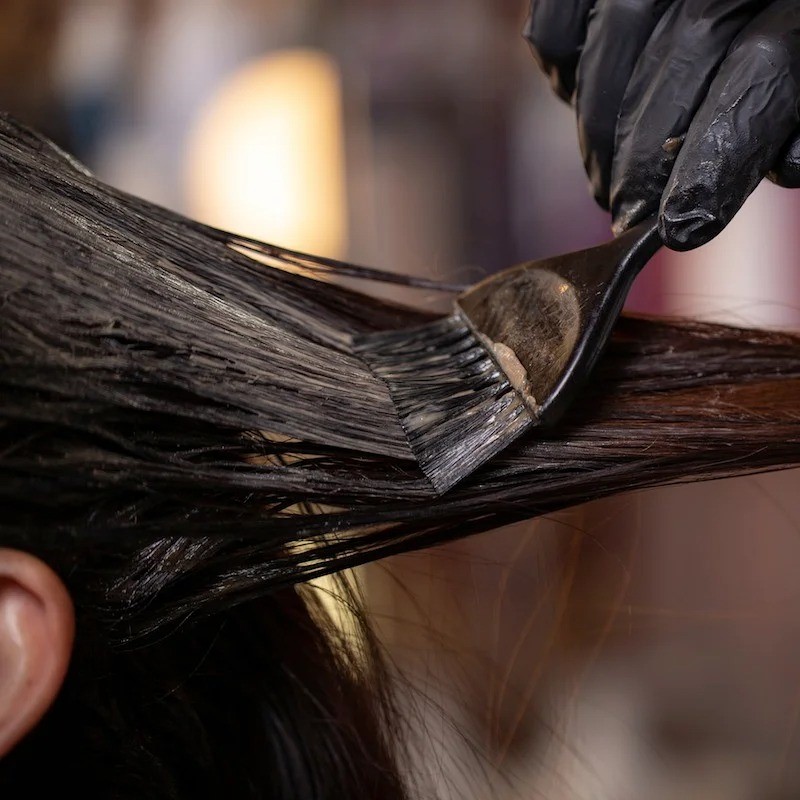
Overview of Hair Dye Composition
To comprehend the potential risks associated with hair dye, it’s crucial first to examine the composition of these products. Most chemical hair dyes contain a blend of various ingredients, including:
- Ammonia: Used to open the hair cuticle for effective color application. While effective, it can cause irritation for some users.
- Peroxide: This acts as a bleaching agent and helps set the color, but it may lead to hair damage if used excessively.
- Coloring Agents: Synthetic dyes are often derived from coal tar and are known to be carcinogenic, leading to concerns about their safety over time.
Understanding the constituents of hair dye allows users to make informed decisions about the products they choose. With a wide variety of brands and formulations on the market, awareness of chemical compositions can inform safer choices.
The Cancer Risk Debate
The potential link between hair dye and cancer risk remains a highly debated issue. Various studies have examined hair dye use, particularly among professional stylists and frequent users. Several findings have raised red flags:
Research Findings
- Studies Highlighting Risks: Several research studies have indicated that hair stylists who frequently use hair dyes may have an elevated risk of developing bladder cancer. This observation has raised concerns about the long-term health effects of exposure to hair dye chemicals in professional settings.
- Inconclusive Results: Despite these findings, many studies struggle to establish definitive conclusions regarding the link between hair dye and cancer. One reason for this is the presence of various confounding factors, such as the stylists’ overall health, lifestyle choices, and other occupational exposures that may also contribute to cancer risk.
- Need for More Research: The inconclusiveness of existing studies highlights the necessity for further research to provide clearer insights into the potential risks associated with hair dye usage. Longitudinal studies that follow individuals over extended periods may help to establish more definitive links and inform safety guidelines.
Types of Hair Dyes
- Darker vs. Lighter Shades: Researchers have observed that darker permanent hair dyes may pose a slightly higher risk of cancer compared to lighter shades or temporary dyes. This distinction is essential for consumers to understand as they make choices about hair coloring.
- Chemical Composition: The reason behind the increased risk associated with darker hair dyes lies in their chemical composition. Darker dyes often contain more potent chemical compounds, such as para-phenylenediamine (PPD), which have been linked to carcinogenic effects in certain studies.
- Temporary vs. Permanent Dyes: Temporary hair dyes generally contain fewer harsh chemicals and are washed out after a few applications. This lesser chemical exposure may contribute to a lower associated cancer risk when compared to more permanent and chemically intensive hair products.
- Consumer Awareness: Understanding the differences between types of hair dyes is critical for consumers. Knowledge about which products may pose higher risks enables individuals to make informed choices regarding their hair coloring practices, promoting safer use of these products.
While some findings suggest a possible connection between hair dye and cancer, the evidence remains inconclusive. Further research is necessary to establish a clearer link and determine specific risk levels for different hair dye types.
Expert Insights on Hair Dye Safety
Does hair dye cause cancer? Experts largely recommend taking precautions when using hair dye. Here are some key insights:
Patch Testing
- Importance of Patch Testing: Before applying any hair dye, it is crucial to conduct a patch test. This simple procedure can help identify any allergic reactions to the dye’s ingredients.
- How to Perform a Patch Test: To conduct a patch test, apply a small amount of the dye on a discreet area of skin, such as behind the ear or on the inner elbow. Wait for 48 hours to observe any signs of irritation, redness, or swelling.
- Minimizing Risks: Conducting this test minimizes the risk of severe allergic reactions during the full application. If any allergic reaction occurs during the patch test, it is best to avoid using that particular product.
Choosing Products Wisely
- Ammonia-Free Dyes: Opt for hair dyes that are ammonia-free. Ammonia can cause significant hair damage and irritation, leading to a harsh dyeing experience.
- Paraben-Free Options: Selecting paraben-free hair dyes is also advisable, as parabens are preservatives that may disrupt hormonal balance and have been linked to health concerns.
- Impact on Sensitivity: By choosing ammonia-free and paraben-free products, consumers often experience less irritation and discomfort during application. These products can be gentler on the scalp and hair, making them safer options overall.
Natural Hair Dyes
- Rise of Natural Products: Many consumers are increasingly shifting toward natural or organic hair dyes made from plants and minerals. This trend reflects a growing awareness of the potential risks associated with synthetic chemicals found in conventional hair dyes.
- Benefits of Natural Dyes: Natural hair dyes typically lack harmful synthetic chemicals, making them a safer choice for health-conscious individuals. They often have fewer side effects and are less likely to cause allergic reactions.
- Popular Alternatives: Options such as henna or vegetable-based dyes are effective alternatives for those concerned about the potential risks of traditional hair coloring. Henna, for example, not only colors the hair but also conditions it, promoting overall hair health.
Following these expert recommendations may help reduce potential hazards while still allowing individuals to safely color their hair.
Common FAQs About Hair Dye and Health
With the discussion surrounding hair dye and cancer rising, many questions often surface regarding its safety. Below are some common FAQs:
What is the safest hair color to use?
The safest hair color alternatives generally include natural or organic dyes. These products typically do not contain harsh chemicals like ammonia or synthetic dyes. Some common options are henna and vegetable-based dyes.
Does hair dye get into your bloodstream?
Research indicates that some chemicals in hair dyes can be absorbed through the skin and, in some cases, enter the bloodstream. However, the extent to which this occurs may vary depending on the type of dye and frequency of use. Ensuring proper application and minimizing skin contact can reduce exposure.
Is dying hair harmful to health?
While occasional use of hair dye is generally considered safe for most individuals, repeated exposure to chemical dyes may pose risks. It is essential to follow safety precautions, patch test products, and consider alternatives if there are concerns about chemical exposure. Consulting a healthcare provider can offer additional personalized guidance.
Taking Precautions for Safe Hair Dying
As individuals continue to enjoy hair coloring, taking precautions can significantly minimize associated risks. Here are steps to consider:
Limit Frequency
- Reduce Dyeing Sessions: Aim to limit how often you dye your hair. Frequent applications can lead to a buildup of harmful chemicals in your body over time.
- Consider Alternatives: Instead of dyeing your hair every few weeks, consider alternatives like temporary hair color sprays or color conditioners. These options usually contain fewer harsh chemicals and can prolong the time between dye applications.
- Assess Hair Condition: Take time to assess the health of your hair before reapplying dye. If your hair feels dry or damaged, it’s wise to wait longer between applications to allow it to recover and minimize further damage.
Use Gloves
- Protect Your Skin: Always wear gloves when applying hair dye. This is crucial for protecting your hands from potential irritation and chemical exposure.
- Minimize Chemical Contact: Wearing gloves helps to minimize skin contact with the dye, reducing the likelihood of absorbing harmful substances through your skin.
- Commit to Safety: Make it a habit to wear gloves during every application, as this small yet effective measure can prevent skin reactions and irritation, promoting safer coloring practices.
Choose Well-Ventilated Areas
- Improve Airflow: When applying hair dye, choose a well-ventilated area to ensure that any chemical vapors are dispersed effectively. Good airflow helps to reduce inhalation of potentially harmful fumes.
- Open Windows and Circulate Air: If possible, open windows or use fans to increase airflow while dyeing your hair. This simple step can significantly decrease the concentration of fumes in the air.
- Consider Timing: If you’re dyeing your hair indoors, limit the time spent in the enclosed space with the dye. Allowing breaks in fresh air between applications can enhance your safety and comfort during the process.
By implementing these simple yet effective precautions, individuals can enjoy a vibrant hair color while prioritizing safety.
Understanding Regulations in Hair Products
Does hair dye cause cancer? Regulation of hair dye products varies greatly from country to country. In the United States, for example, the Food and Drug Administration (FDA) oversees hair dye safety, but they do not specifically approve hair dyes before they hit the market. Instead, manufacturers are responsible for ensuring their products are safe for consumer use.
In contrast, many European countries have stricter regulations regarding hair dye ingredients and their potential effects on health. Some ingredients banned in Europe remain legal in the United States. Understanding such differences may guide consumers in selecting safer products.
Conclusion: Making Informed Choices About Hair Dye
In summary, the question, does hair dye cause cancer, raises important concerns for consumers. While existing studies have offered inconclusive evidence linking hair dye to cancer risk, it is crucial to exercise caution when using these products. With the right precautions, informed product choices, and awareness of ingredients, individuals can safely enjoy coloring their hair.
Feeling empowered to make informed decisions about hair dye can lead to safer experiences and healthier outcomes.
